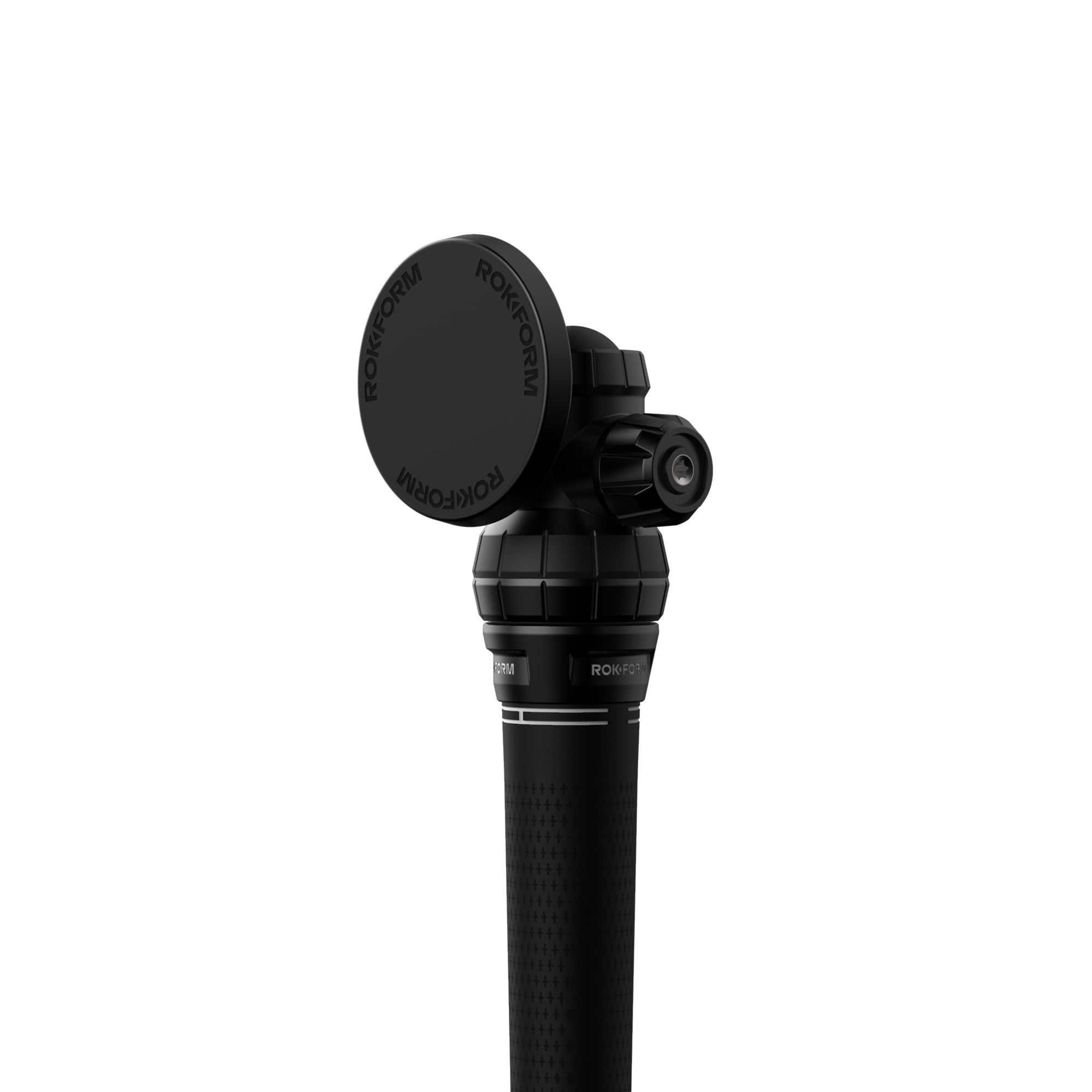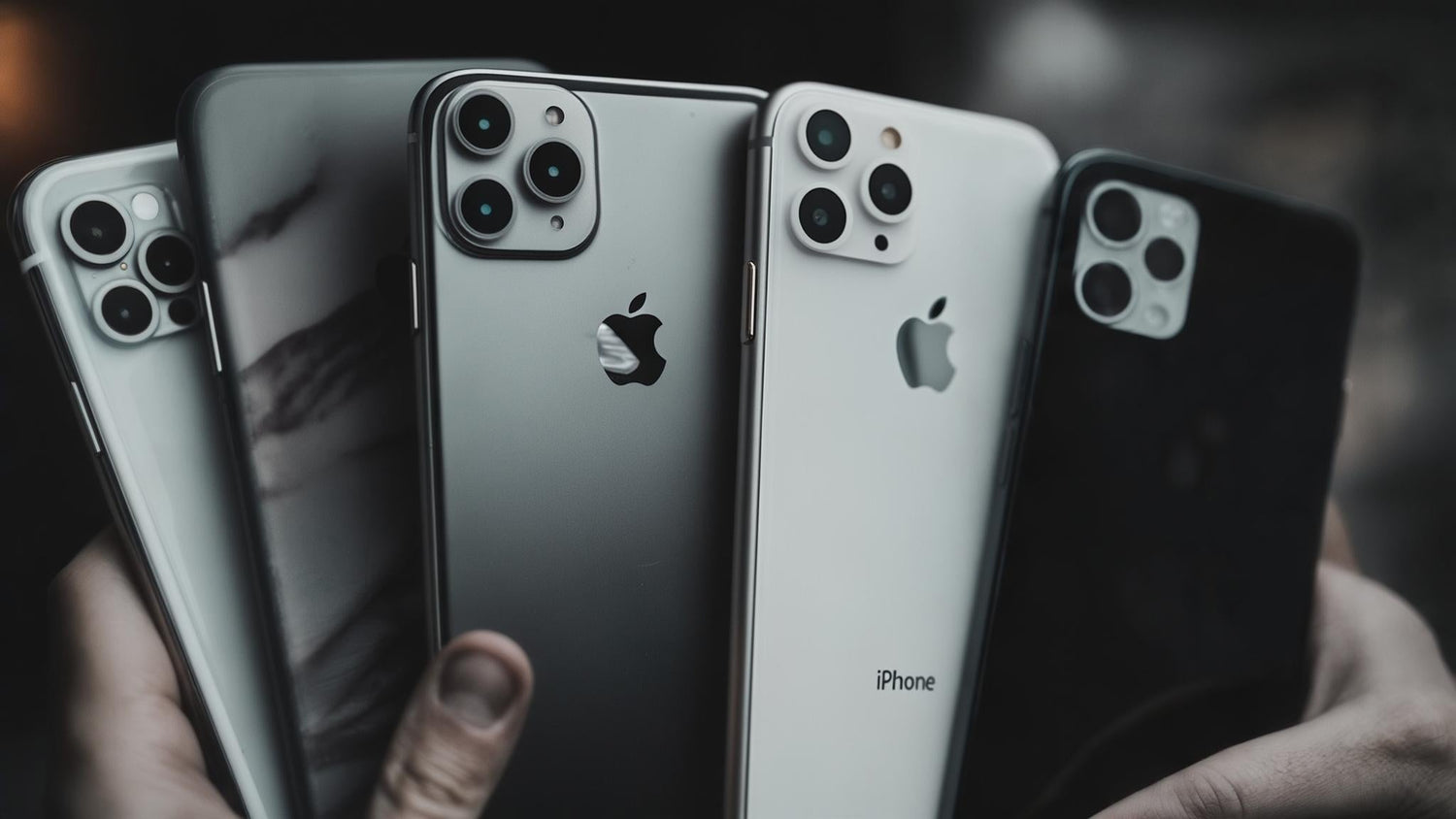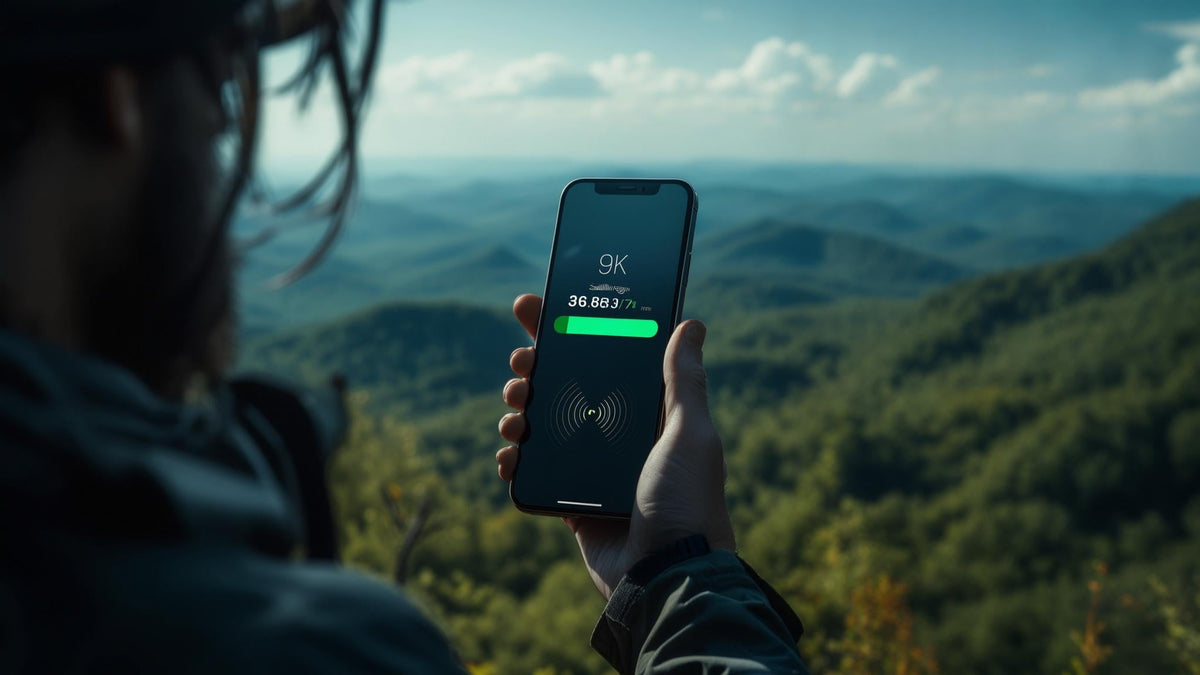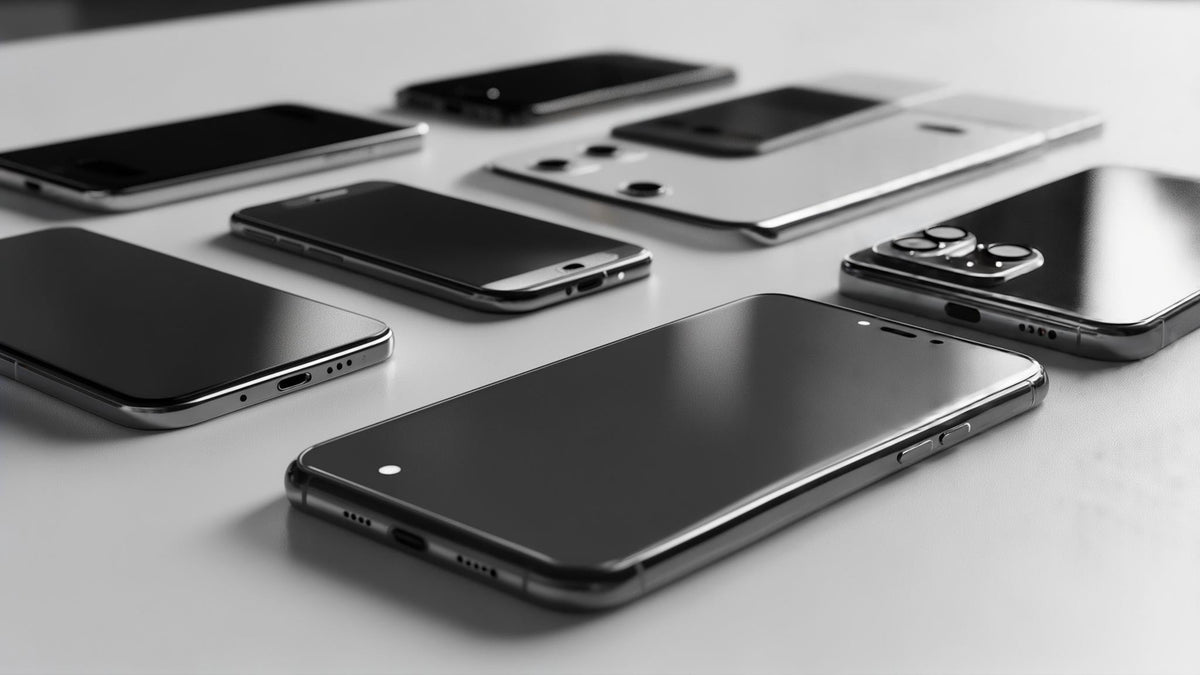I'll be honest - when Apple claims each new iPhone has their "best camera ever," I roll my eyes a little. But after spending months testing different models from the iPhone 13 to the latest iPhone 16 Pro Max, I've learned something important: the gap between "good enough" and "genuinely great" iPhone cameras is bigger than you might think.
According to Creative Bloq's 2025 photography testing, the iPhone 16 Pro and iPhone 16 Pro Max currently take the best photos among all iPhone models, featuring identical camera systems with cutting-edge sensors and exceptional low-light performance. But here's what most reviews won't tell you - you probably don't need the absolute latest model to get photos that'll blow your mind.
I remember the exact moment I realized how far iPhone photography had come. Standing on a cliff in Big Sur at golden hour, watching my iPhone 15 Pro Max capture details in the shadows that my old DSLR would've missed entirely. That's when it hit me: we're not just carrying phones anymore, we're carrying professional-grade cameras that happen to make calls.
This guide cuts through the marketing hype to show you which iPhones actually deliver the best camera performance for your needs and budget. Whether you're eyeing the latest flagship or wondering if last year's model is good enough, I'll help you figure out what you're really paying for.
Table of Contents
What Actually Matters in iPhone Cameras
The Top iPhone Cameras You Can Buy Right Now
Budget vs. Premium: What You're Really Paying For
Real-World Performance That Actually Matters
Specialized Photography: When Features Actually Count
Video Recording: Beyond Basic Clips
Protecting Your Photography Investment
Which iPhone Camera Should You Actually Buy?
What Actually Matters in iPhone Cameras
Let's skip the technical jargon and focus on what you'll actually notice when taking photos. Here's where iPhones really shine: they're basically doing Photoshop-level editing on every photo, automatically, in real-time.
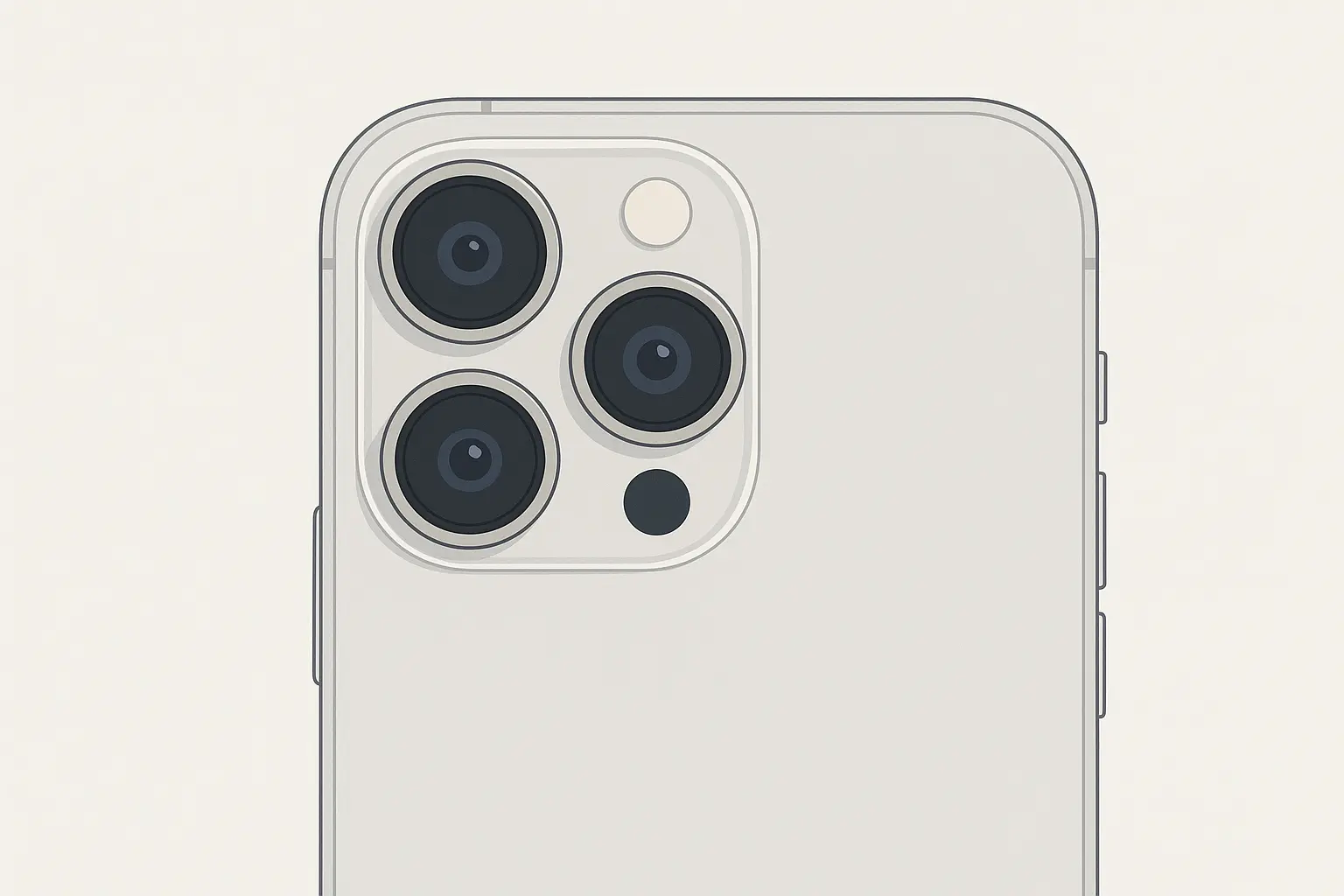
The main camera sensor size makes the biggest difference in photo quality. Bigger sensors capture more light, which means cleaner photos in dim conditions and better overall image quality. The iPhone 15 series and newer pack 48-megapixel sensors that are genuinely impressive, while older models stick with 12-megapixel sensors that are still quite good.
Here's what actually impacts your photos:
Multiple lenses give you zoom options without losing quality
Night mode automatically kicks in when it's dark, combining multiple shots for bright, detailed photos
Portrait mode blurs backgrounds like a professional camera
Computational photography is Apple's fancy term for "the phone makes your photos look better automatically"
The iPhone camera quality difference between a $600 iPhone 13 and a $1,200 iPhone 15 Pro Max is real, but it's not always obvious unless you're really looking for it. Most people won't notice the difference in good lighting conditions.
What Matters Most |
Why It Matters |
Which iPhones Have It |
|---|---|---|
48MP Main Sensor |
Better detail, more cropping flexibility |
iPhone 15 series, iPhone 14 Pro series |
Multiple Lenses |
Zoom without quality loss |
Pro models, some standard models |
Night Mode |
Actually usable low-light photos |
All recent iPhones |
Computational Photography |
Photos look better without effort |
All recent iPhones |
Battery Life |
Shoot all day without dying |
Larger models perform better |
The Top iPhone Cameras You Can Buy Right Now
iPhone 16 Pro Max - The Absolute Best (If Money's No Object)
The iPhone 16 Pro Max is the best iPhone camera you can buy right now. Yes, it's expensive, but that camera system is legitimately impressive. You get a 48MP main camera, ultra-wide lens, and a telephoto that can zoom way further than previous models without making your photos look like garbage.
The 5x optical zoom is a game-changer if you shoot anything beyond arm's length. Wildlife, sports, your kids' soccer games - you can actually get close-up shots without physically getting close. The computational photography features work so well that photos often look better than what you saw with your own eyes.
Battery life supports all-day shooting marathons. During a recent trip to Yellowstone, mine lasted through 12 hours of continuous shooting, including 4K video recording and plenty of photo editing on the device.
iPhone 15 Pro Max - Last Year's Flagship, Still Fantastic
The iPhone 15 Pro Max delivers nearly identical camera performance to the iPhone 16 Pro Max at a lower price point. You get the same 48MP main sensor, 5x optical zoom, and professional video features that make it one of the best iPhone camera options available.
For photographers who need to keep their iPhone secure during outdoor adventures, exploring the best motorcycle phone mount options becomes essential when documenting scenic rides.
The titanium construction feels premium and actually makes a difference when you're holding it for extended shooting sessions. It's lighter than the steel Pro models but just as durable.
Real-world test: I compared the 15 Pro Max's 5x zoom against the iPhone 14 Pro's 3x zoom during a wildlife photography trip. The difference was remarkable - I could capture elk portraits from 100 yards away with the 15 Pro Max that required me to get uncomfortably close with the 14 Pro.
iPhone 15 - Best Bang for Your Buck
The standard iPhone 15 represents the sweet spot for most people. It inherits the 48MP main sensor from the previous Pro generation, so you get flagship-quality photos at a significantly lower price point. This makes it one of the best iPhone camera choices for budget-conscious photographers.
You lose the telephoto zoom and some pro video features, but the main camera experience is outstanding. For everyday photography - family photos, travel shots, social media content - you won't miss what's not there.
The USB-C upgrade finally brings the iPhone into the modern world. You can connect directly to external storage or use standard USB-C accessories without dongles.
iPhone 14 Pro - Compact Professional Power
Still a photography powerhouse despite being a generation old. The 48MP main camera and 3x telephoto provide excellent zoom capabilities for most shooting scenarios. Current pricing makes this model particularly attractive for photographers seeking pro-level features without paying current flagship prices.
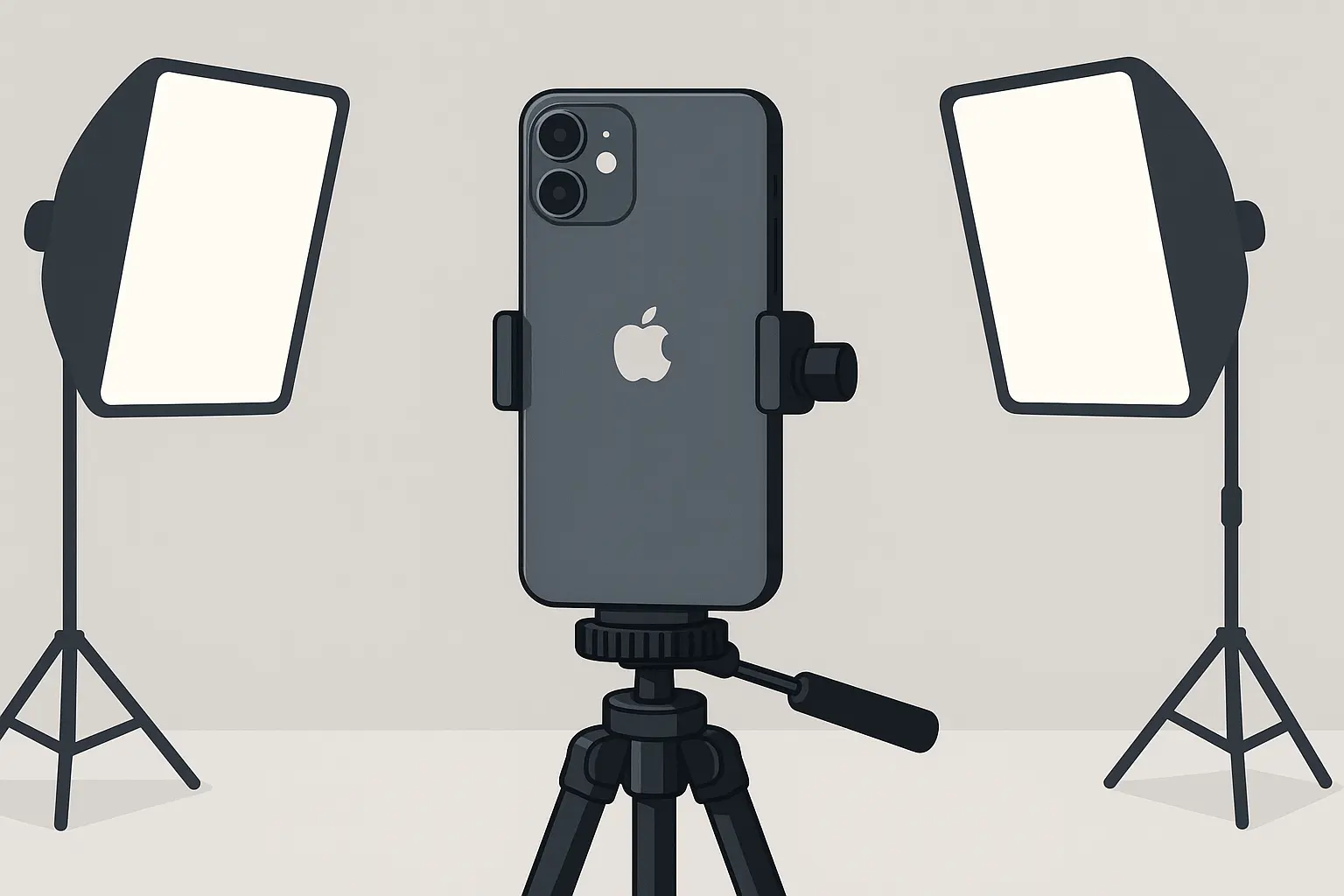
The 6.1-inch form factor appeals to photographers who find larger phones cumbersome during extended shooting sessions. Professional features include ProRAW capture, ProRes video recording, and macro photography capabilities.
iPhone 13 - The Budget Champion
The iPhone 13's camera system with sensor-shift optical image stabilization provides impressive image quality at an increasingly attractive price point. As newer models release, this becomes an excellent choice for cost-conscious photographers.
The dual-camera system covers most photography scenarios effectively. You won't get telephoto zoom or the latest computational photography features, but the photos are still genuinely good. Battery life remains strong even as the device ages.
Budget vs. Premium: What You're Really Paying For
Here's the honest truth about iPhone camera pricing: you hit diminishing returns pretty quickly. The jump from an iPhone 13 to an iPhone 15 is noticeable. The jump from an iPhone 15 to an iPhone 15 Pro Max? Less obvious unless you need specific features.
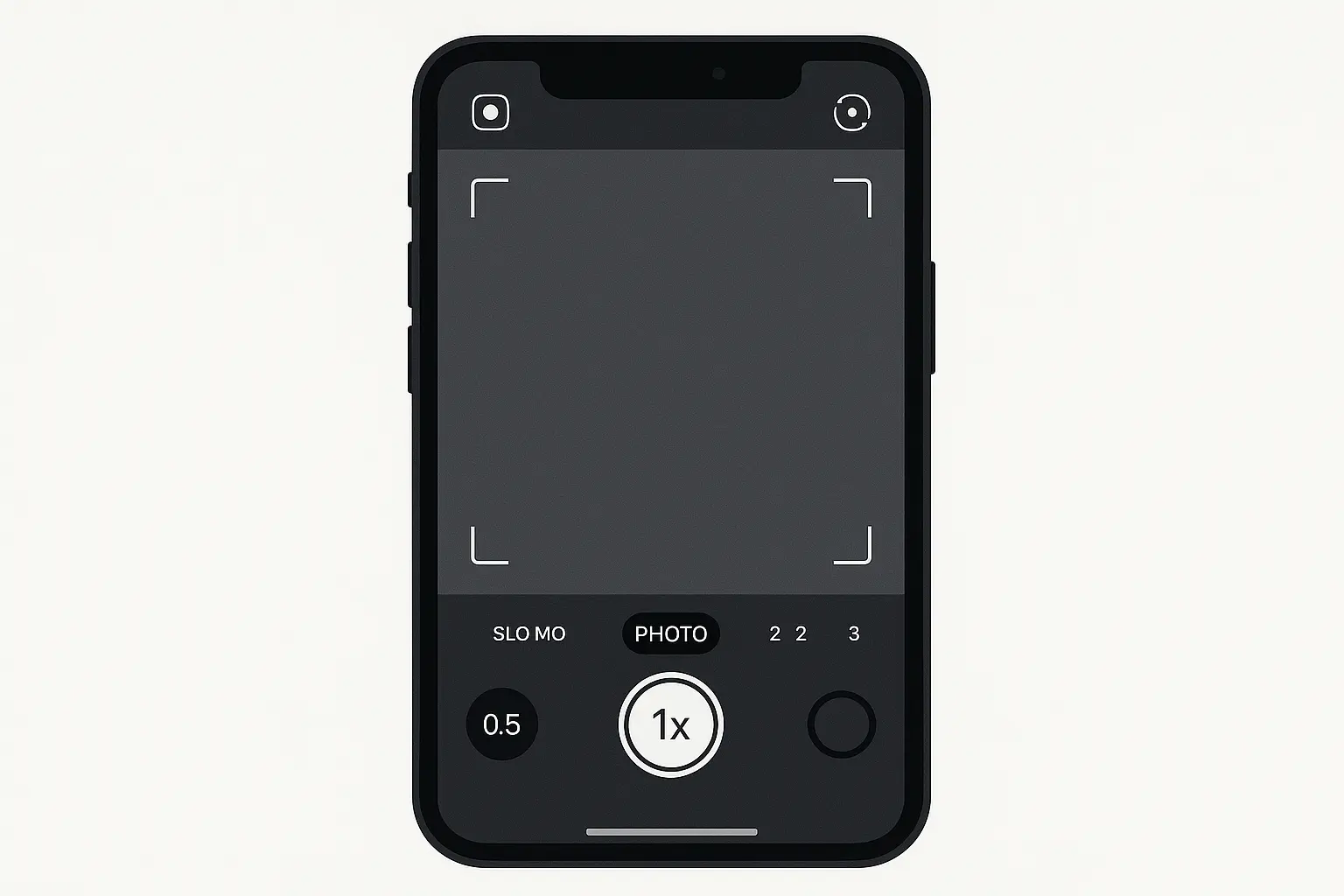
What you get with Pro models:
Telephoto lens for optical zoom
Macro photography capabilities
ProRAW and ProRes recording
Better low-light performance
Longer battery life (usually)
What you don't necessarily get:
Dramatically better everyday photo quality
Features most people actually use
Enough improvement to justify double the price
The iPhone 15 Plus offers an interesting middle ground - you get the large screen and better battery life without paying Pro prices. The bigger display makes photo review and basic editing much more pleasant.
iPhone Model |
Starting Price |
Main Camera |
What You're Really Paying For |
|---|---|---|---|
iPhone 13 |
$599 |
12MP |
Solid photos, great value |
iPhone 15 |
$799 |
48MP |
Flagship camera, reasonable price |
iPhone 15 Pro |
$999 |
48MP + telephoto |
Pro features, compact size |
iPhone 15 Pro Max |
$1199 |
48MP + 5x telephoto |
Everything, plus huge battery |
Real-World Performance That Actually Matters
Let's talk about what you'll actually notice when taking photos with these different iPhone cameras.
Daylight Photography
In good lighting, the difference between iPhone models is surprisingly small. An iPhone 13 will produce photos that are 90% as good as an iPhone 15 Pro Max for typical daylight shots. The newer models have better detail when you zoom in close, but for social media and normal viewing, you'd be hard-pressed to tell them apart.
Low-Light Performance
This is where the newer iPhone cameras really shine. Night mode on the iPhone 15 series is genuinely impressive - it can make a dark restaurant look like it's well-lit without that artificial, over-processed look that plagued earlier attempts.
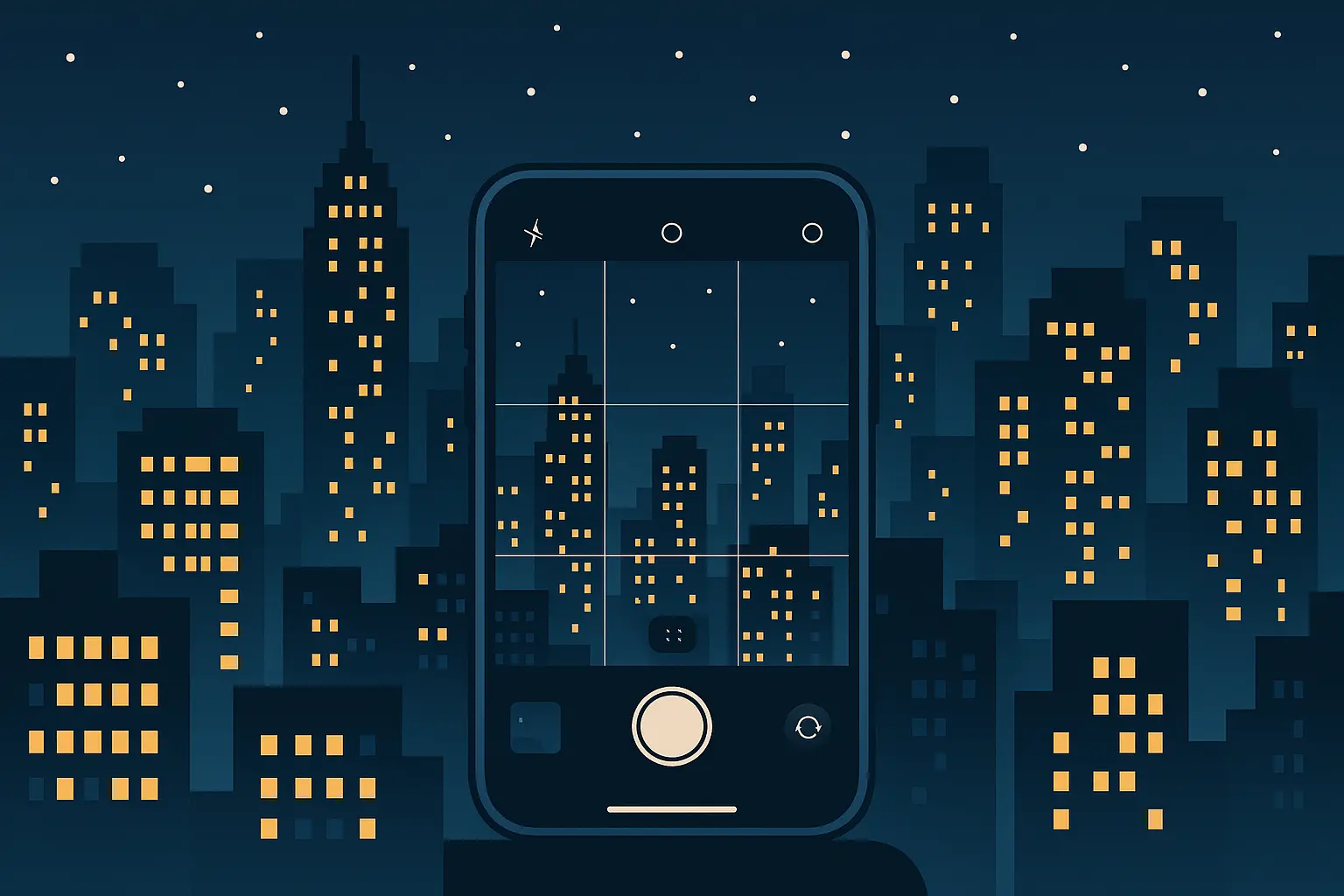
The iPhone 13's night mode is decent, but you'll notice more noise and less detail in really dark conditions. The Pro models with their larger sensors and better processing pull ahead significantly when the lights go down.
Zoom Performance
Here's where you see the biggest practical difference between models. The iPhone 15 Pro Max's 5x optical zoom is legitimately useful - you can get close-up shots of things that are actually far away without the photo turning into a pixelated mess.
Standard models rely on digital zoom, which basically just crops and enlarges the photo. It works okay up to about 2x, but beyond that, quality drops off quickly.
Zoom comparison story: While photographing my daughter's soccer game, the iPhone 15 Pro Max let me capture clear shots of her facial expressions from the sideline. With my old iPhone 13, I had to either accept distant shots or walk closer and potentially miss the action.
Specialized Photography: When Features Actually Count
Portrait Photography
All recent iPhones do portrait mode well enough for most people. The computational photography system accurately separates subjects from backgrounds, creating professional-looking results. The Pro models with telephoto lenses offer more flattering focal lengths for portraits, but the difference isn't huge.
Multiple focal length options on Pro models (1x, 2x, 3x, or 5x depending on model) provide creative flexibility for portrait composition. Portrait Lighting effects add studio-quality adjustments after capture.
Macro Photography
This is exclusively a Pro model feature, and it's actually pretty cool when you need it. The ultra-wide lens doubles as a macro lens, enabling detailed close-up photography with impressive clarity.
Macro success story: While photographing wildflowers, I discovered the iPhone 15 Pro's macro capabilities could capture dewdrops on petals with stunning detail. The automatic switching between standard and macro modes meant I never missed a shot while the subject moved in the breeze. What would have required a dedicated macro lens happened effortlessly.
Action and Sports Photography
The newer iPhones handle moving subjects much better than older models. Improved autofocus tracking and faster processing mean fewer blurry sports shots and better capture of kids running around.
For cyclists capturing action footage, pairing your iPhone with the best phone mount for bikes ensures stable recording during rides while keeping your device secure.
Action Mode stabilization works remarkably well for handheld video recording during movement. Whether documenting family activities or creating content while walking, the stabilization produces smooth footage without additional equipment.
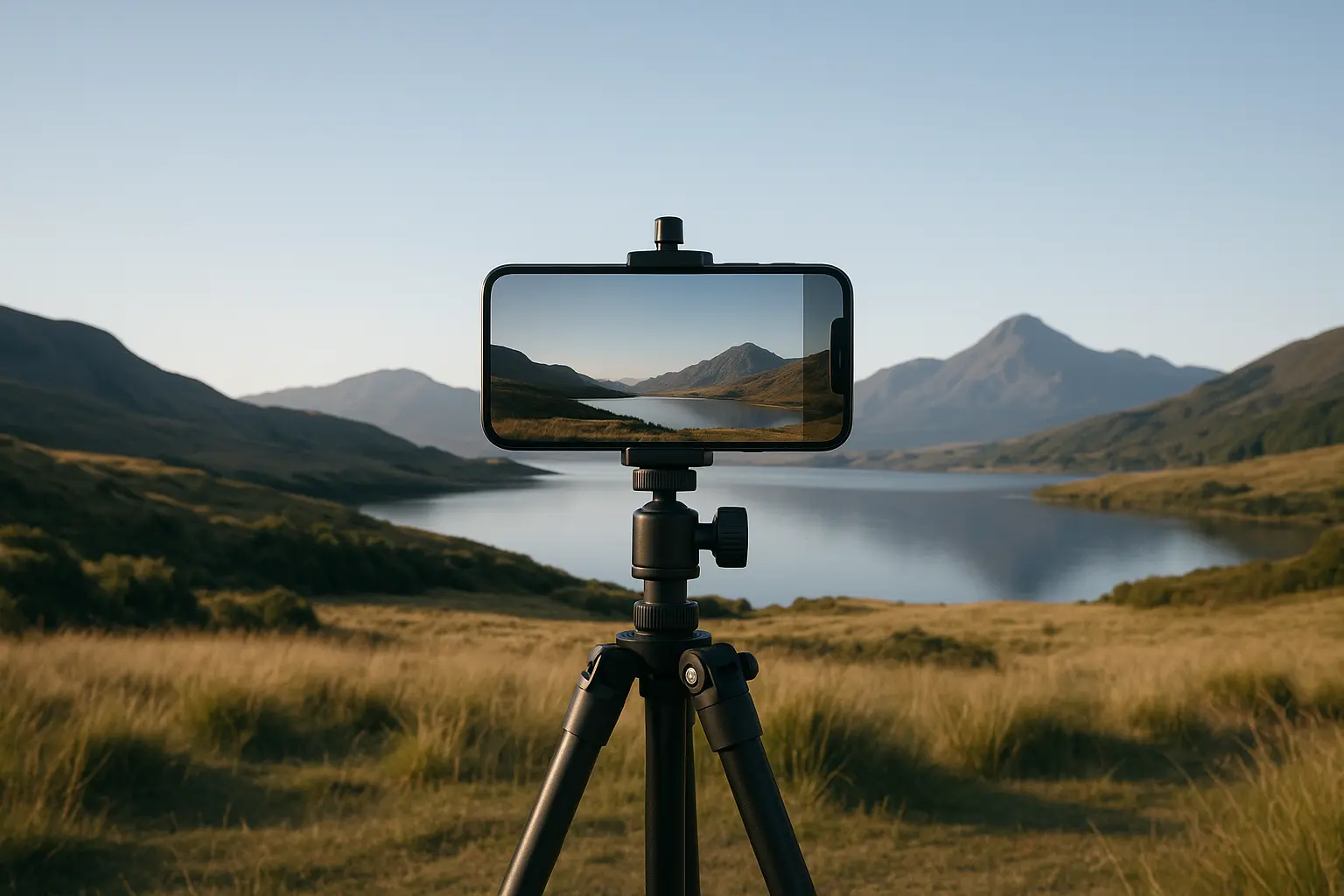
Video Recording: Beyond Basic Clips
Everyday Video Recording
All recent iPhones shoot excellent 4K video that looks great on any screen. The stabilization is impressive across the board - even handheld footage looks smooth and professional.
Action Mode takes stabilization to another level, compensating for significant camera movement while maintaining smooth footage. It's perfect for recording while walking, during sports activities, or any situation where you can't keep the phone perfectly steady.
Professional Video Features
This is where Pro models really justify their premium pricing for content creators and filmmakers:
ProRes Recording provides maximum quality and editing flexibility. These files maintain exceptional quality through multiple editing generations, but they're massive - you'll need external storage via USB-C for extended recording.
Cinematic Mode creates professional-looking video with shallow depth of field and smooth focus transitions. The system automatically tracks subjects and adjusts focus , mimicking professional camera operator techniques.
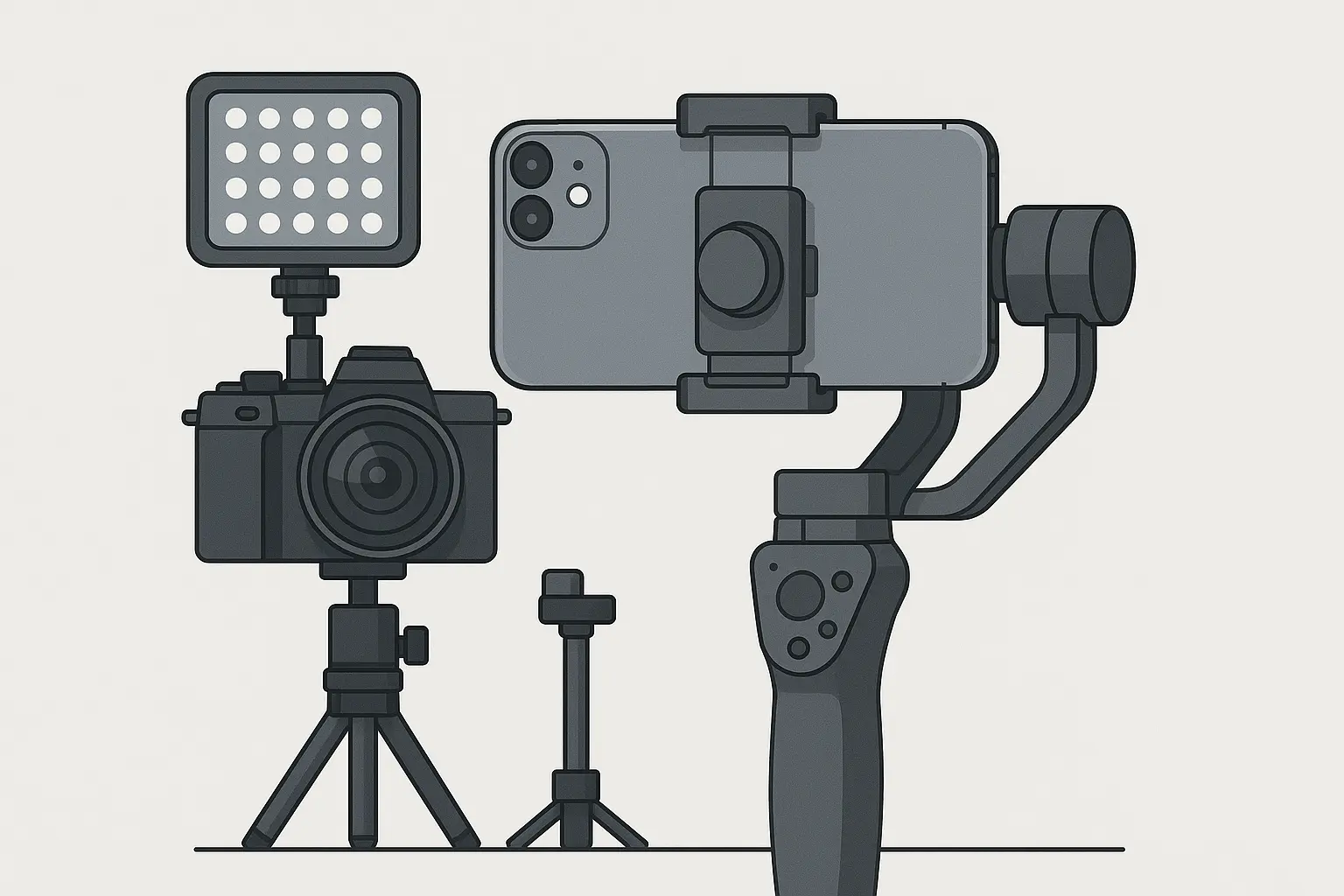
Log Recording preserves maximum dynamic range for professional color grading. This appeals to filmmakers who demand maximum creative control, but it's overkill for casual users.
Battery Impact
Video recording drains batteries fast, especially with professional formats enabled. The Pro Max models handle extended video sessions best, while standard models may need portable charging for all-day shoots.
Computational Photography: The Real Magic
Here's what sets iPhone cameras apart from the competition: the software is doing incredible work behind the scenes to make your photos look better.
Smart HDR
The latest Smart HDR processing balances exposure across entire images while maintaining natural-looking results. It captures multiple exposures instantly and combines them seamlessly, creating images with extended dynamic range without the artificial look of early HDR.
Photographic Styles
These intelligent presets understand scene content and apply appropriate adjustments automatically. You can customize styles according to personal preferences, and the system learns from your adjustments for future photos.
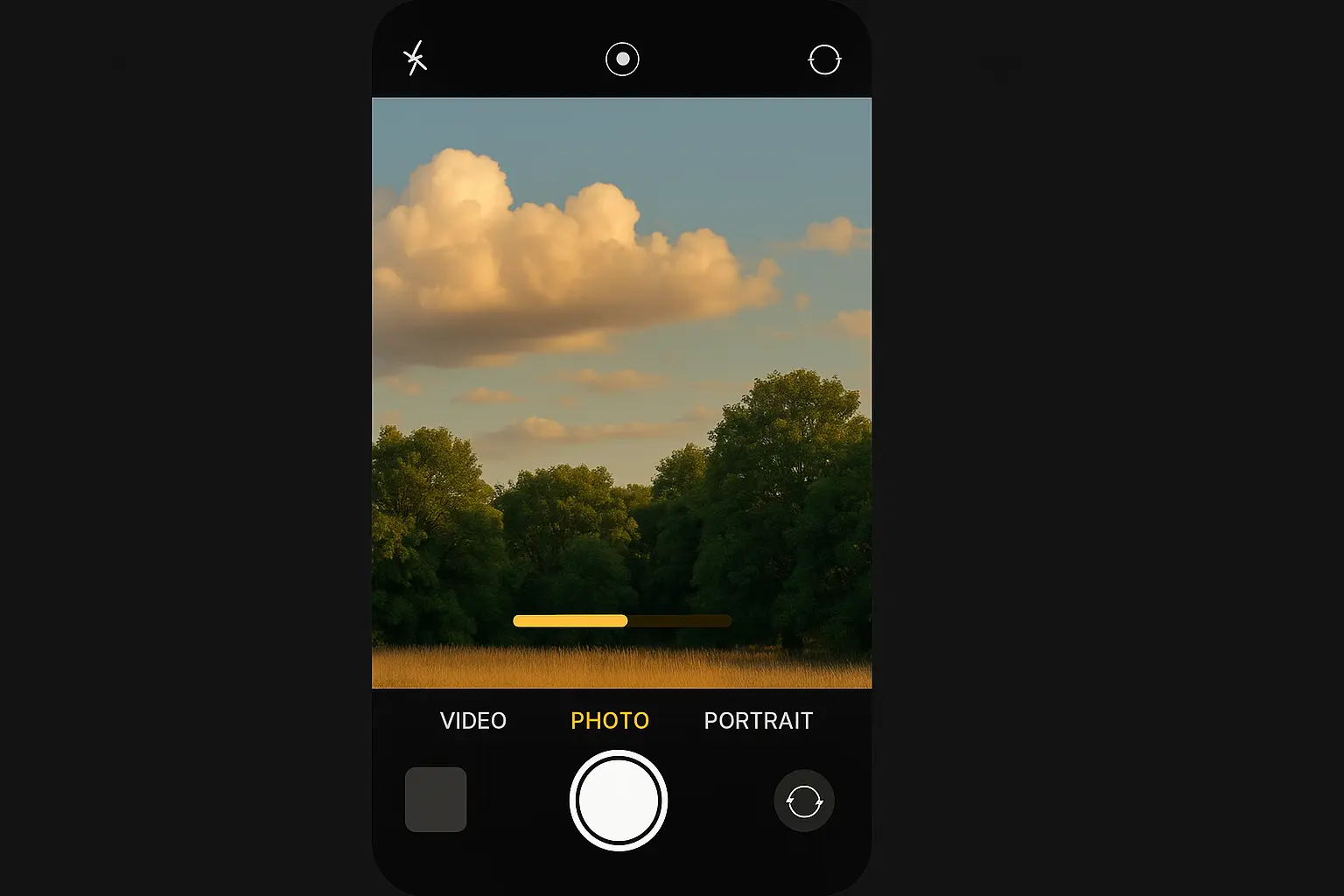
Real-time preview shows style effects before capture, enabling informed creative decisions. It's like having Instagram filters built into your camera, but much more sophisticated.
Deep Fusion Processing
This pixel-by-pixel processing combines multiple images to optimize texture, detail, and noise reduction. It particularly excels in medium-light conditions where traditional HDR isn't necessary but standard processing would produce suboptimal results.
The system distinguishes between noise and legitimate image detail, preserving important textures while reducing unwanted artifacts. Most users never know it's happening, but the results are noticeably better.
Live Photos Enhancement
Improved Live Photos with better stabilization and longer capture duration create more engaging memories. The system applies computational stabilization to create smoother animated sequences.
Live Photos story: While photographing my daughter's soccer game, I discovered that Live Photos captured the perfect moment of her goal celebration that I had missed in the still photo. The 3-second clip showed her jumping with joy, teammates rushing to congratulate her, and the crowd's reaction. What started as a simple team photo became a treasured memory.
Durability and Practical Considerations
Build Quality and Protection
Recent iPhone models feature Ceramic Shield protection that helps safeguard the camera system during outdoor photography adventures. The strengthened glass provides superior impact resistance, and the robust construction maintains optical alignment even after minor impacts.
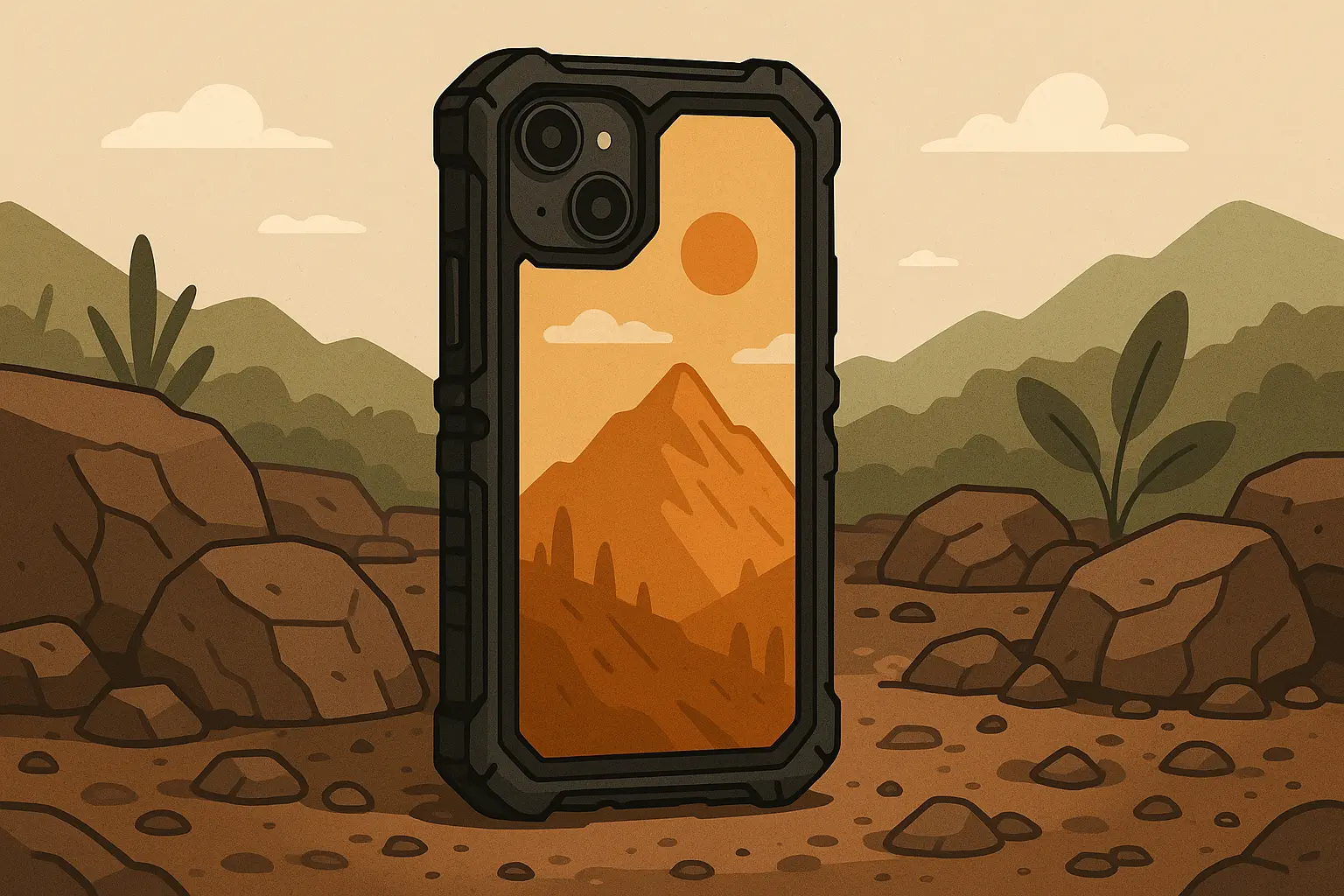
All recent models offer IP68 water resistance, enabling photography in challenging weather conditions. You can work confidently in light rain or high humidity without equipment failure concerns.
Storage Considerations
Photography workflow is significantly impacted by storage capacity. Consider 256GB minimum for serious shooting, especially if you plan to shoot ProRAW or ProRes video. Photos and videos from newer iPhone cameras are larger due to higher resolution and quality.
The USB-C transition on iPhone 15 models modernizes data transfer. You can connect directly to external storage devices or use standard USB-C accessories without adapters, streamlining workflow efficiency.
Battery Life Reality
Battery performance varies significantly between models, directly impacting photography workflow:
iPhone 15 Pro Max: 12+ hours of mixed photography use
iPhone 15 Pro: 8-10 hours of photography
iPhone 15: 8-9 hours of photography
iPhone 14 Pro: 10+ hours of photography
iPhone 13: 8-9 hours of photography
Larger phones consistently support longer shooting sessions, while compact models may require portable charging solutions for extended photography adventures.
Performance Analysis: How These iPhone Cameras Actually Stack Up
Let's cut through the marketing speak and look at real-world performance differences you'll actually notice.
Photography Feature |
iPhone 15 Pro Max |
iPhone 15 Pro |
iPhone 15 |
iPhone 14 Pro |
iPhone 13 |
|---|---|---|---|---|---|
Daylight Photos |
Excellent |
Excellent |
Excellent |
Excellent |
Very Good |
Low-Light Photos |
Outstanding |
Outstanding |
Very Good |
Very Good |
Good |
Video Quality |
Best Available |
Best Available |
Excellent |
Excellent |
Very Good |
Zoom Range |
5x Optical |
5x Optical |
Digital Only |
3x Optical |
Digital Only |
Battery (Photography) |
All Day |
Most of Day |
Most of Day |
All Day |
Most of Day |
Value Score |
8/10 |
9/10 |
10/10 |
9/10 |
9/10 |
The iPhone 15 Pro Max and Pro offer the best overall iPhone camera performance, but the standard iPhone 15 provides the best value by inheriting flagship camera technology at a more accessible price point.
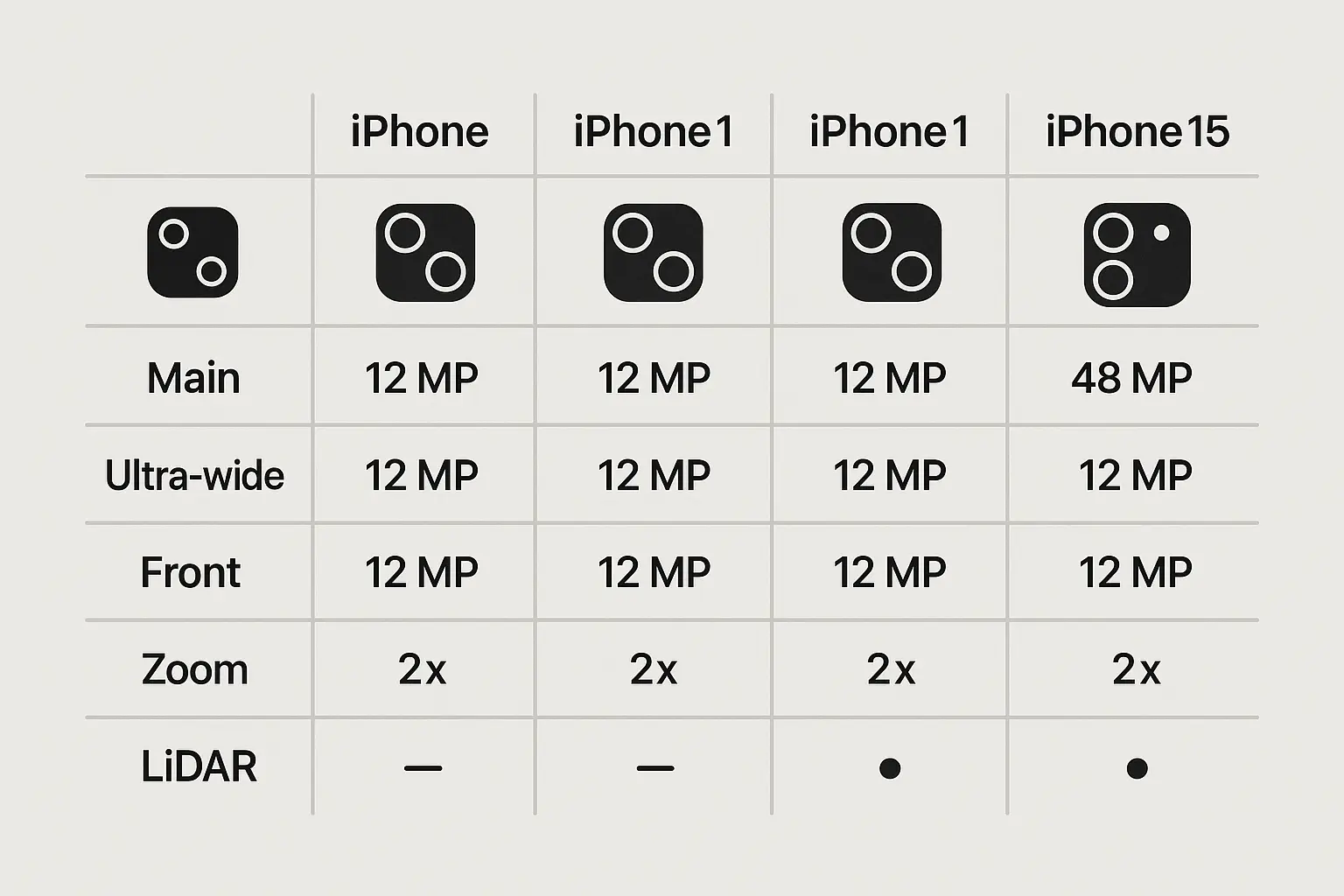
Older Pro models remain highly competitive despite their age. The iPhone 14 Pro series offers 48MP sensors and 3x zoom at increasingly attractive prices, making them excellent choices for budget-conscious photographers seeking professional features.
The honest truth: Unless you specifically need telephoto zoom or professional video features, the camera differences between recent iPhone models are smaller than Apple's marketing suggests. A two-year-old iPhone 13 still takes photos that look great on social media and printed at normal sizes.
Protecting Your Photography Investment with Rokform
When you're carrying a $1,200 camera in your pocket, dropping it isn't just embarrassing - it's expensive. I've seen too many cracked camera lenses from simple drops that could've been prevented with decent protection.
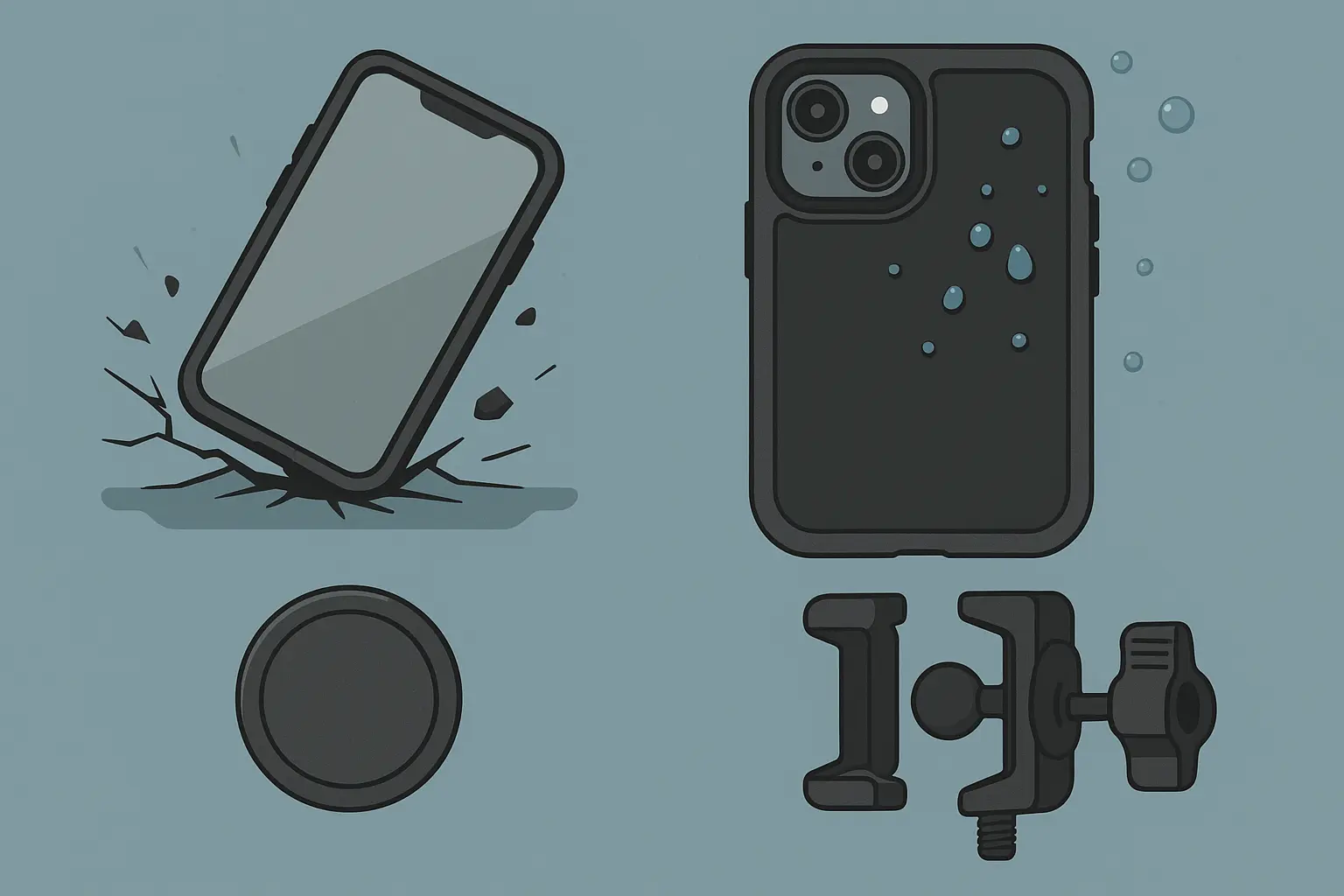
Rokform cases offer solid 6-foot drop protection with reinforced corners and lens shields. More importantly for photographers, their RokLock™ system lets you mount your iPhone securely to tripods, car dashboards, or bike handlebars without worrying about it falling off mid-shot.
The MagSafe® compatibility means you don't lose wireless charging, and the precise cutouts keep all camera functions accessible. It's not the cheapest protection out there, but it's designed for people who actually use their phones hard.
Enhanced photography workflow capabilities set Rokform apart from standard phone cases. The patented mounting system and strong magnets enable secure attachment to various photography accessories, expanding your creative possibilities significantly.
For photographers working in extreme conditions, understanding iPhone photography tips helps maximize your device's capabilities while maintaining protection in challenging environments.
Whether you're capturing landscape shots on hiking trails or need hands-free operation while traveling, Rokform accessories provide stable, reliable mounting solutions. For automotive photography, explore our best car phone mounts guide to find the perfect solution for your vehicle.
If you're shooting from vehicles or need hands-free operation, their mounting ecosystem makes sense. Otherwise, any quality case with good lens protection will do the job.
Which iPhone Camera Should You Actually Buy?
Here's the bottom line: you don't need the newest iPhone to take great photos, but you do need to be honest about what you actually shoot.
For Serious Photography Enthusiasts
iPhone 15 Pro Max or iPhone 16 Pro Max - The 5x zoom and extra camera controls are worth the premium if you regularly shoot subjects at distance. The larger battery supports all-day shooting sessions, and the professional video features provide creative flexibility for content creation.
For Great Photos Without the Premium
iPhone 15 or iPhone 14 - You'll get flagship-quality main cameras at better prices. The iPhone 15 gets you the latest 48MP sensor and computational photography features, while the iPhone 14 offers proven performance at an even lower cost.
For Budget-Conscious Photographers
iPhone 13 or iPhone 13 mini - Still excellent cameras with solid computational photography features, just without the latest bells and whistles. These models prove that great iPhone camera quality doesn't require the newest technology.
For Compact Phone Preference
iPhone 15 Pro or iPhone 14 Pro - Professional camera features in a more manageable 6.1-inch form factor. Perfect for photographers who find larger phones cumbersome during extended shooting sessions.
For Maximum Screen Real Estate
iPhone 15 Plus or iPhone 14 Plus - Large displays improve photo review and basic editing capabilities while maintaining reasonable pricing compared to Pro Max models.
If you mainly shoot for social media: Any iPhone from the last three years will work fine. The differences matter more to pixel-peepers than casual users who primarily share photos online.
For those interested in the latest developments, check out our coverage of top iPhone 16 accessories to see what's coming next.
Final Thoughts
The truth is, your composition and timing matter way more than whether you have the absolute latest sensor. The best iPhone camera is the one that fits your budget and shooting style, not necessarily the most expensive one.
Pick an iPhone that makes financial sense for your situation, learn how to use its camera features effectively, and start shooting. You can always upgrade later when you've figured out what you actually need from your mobile photography setup.
Most people will be completely satisfied with the camera performance of any iPhone released in the last two years. The computational photography features work so well that even older models produce impressive results that would have been impossible just a few years ago.
And remember - the best camera is still the one you have with you. A two-year-old iPhone in your pocket beats the fanciest DSLR sitting at home every time. Focus on taking more photos rather than obsessing over having the perfect equipment.
The iPhone camera landscape offers something for everyone, from budget-conscious users to professional photographers. Choose based on your actual needs, not the marketing hype, and you'll end up with a device that serves you well for years to come.





